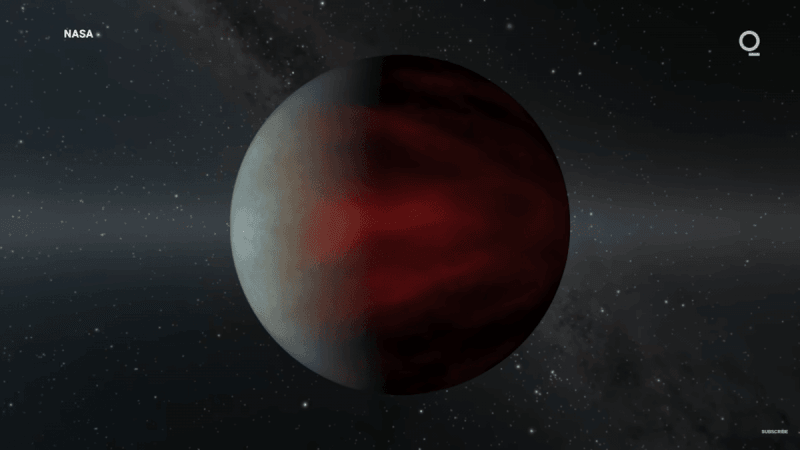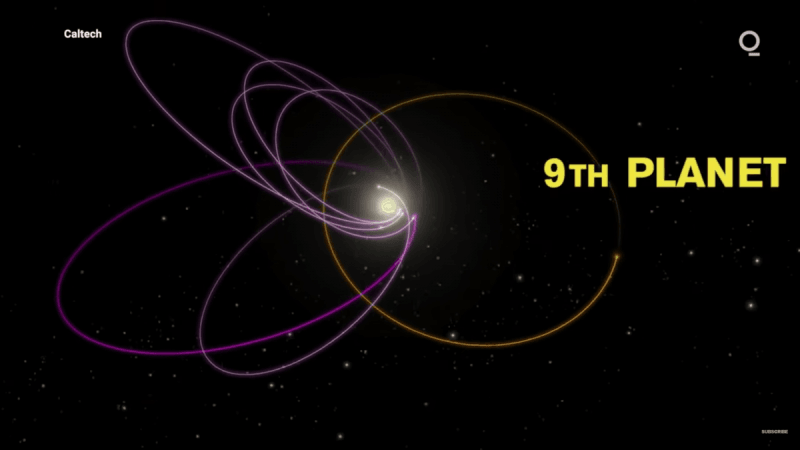Scientists think that a massive, cold planet exists past Neptune's orbit. Since it was initially presented, this fictitious world termed "Planet Nine" has sparked debate.
This hypothetical body would have been a stony orb with a mass similar to Mars. It's very unusual that the only rocky planets that ever developed in the outer solar system were dwarf planets like Pluto, Ceres, and Sedna, say researchers Brett Gladman and Nancy Volk.

Is it a Transneptunian Object?
Planet 9 has never been spotted, however, increasingly stronger telescopes may be able to detect it hiding in the shadows.
Gladman and Volk claim in a recent study published in the Annual Review of Astronomy and Astrophysics that the present transneptunian population includes both implanted and primordial items. A substantially unchanged relic of the in situ population, the primordial population's present outer border is unexplained.
Certain smaller entities, such as the Martian moons Phobos and Deimos, are believed to be fragments of a planet that were blasted off after a catastrophic collision and held in orbit by their planet's gravity.
Psyche is thought to be the molten centre of a planet whose crust and mantle were brutally ripped apart. If what occurred to Psyche also happened to Planet 9, it may now be a transneptunian body.
"Learning the Solar System's history requires an understanding of the huge semimajor-axis population that has dynamically separated from Neptune," Gladman and Volk stated.

Planet 9
Astronomers, Brown and Batygin predicted Planet Nine in 2016, but they are not the first to propose an unknown world lurks in the solar system's wilderness. Astronomers have pondered such a planet for almost a century, believing something heavy was perturbing Neptune's orbit.
The notion that scientists haven't seen Planet Nine yet suggests that if it exists, it's a dim, slow-moving object hidden in starlight.
Sceptics have long argued that the gravitational signals suggesting the presence of Planet Nine are merely observational artefacts. Planet Nine merges inconveniently with the dazzling masses of backdrop stars.
"It's bright enough, closer enough, and conspicuous enough that that's pretty much the only place where it could hide unnoticed," said Greg Laughlin, an astronomer at Yale University. "My impression is that if it is there, it will be apprehended very fast."
NASA's Transiting Exoplanet Survey Satellite (TESS), which is currently looking for planets circling other stars, may spot Planet Nine when it surveys areas around the planet's alleged orbit.












!['Had denied Housefull franchise as they wanted me to wear a bikini': Tia Bajpai on turning down bold scripts [Exclusive]](https://data1.ibtimes.co.in/en/full/806605/had-denied-housefull-franchise-they-wanted-me-wear-bikini-tia-bajpai-turning-down-bold.png?w=220&h=138)
![Nayanthara and Dhanush ignore each other as they attend wedding amid feud over Nayanthara's Netflix documentary row [Watch]](https://data1.ibtimes.co.in/en/full/806599/nayanthara-dhanush-ignore-each-other-they-attend-wedding-amid-feud-over-nayantharas-netflix.jpg?w=220&h=138)



